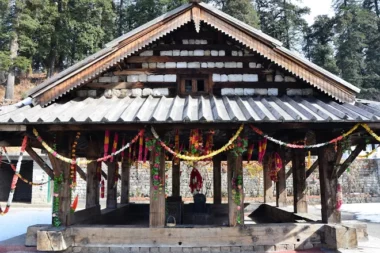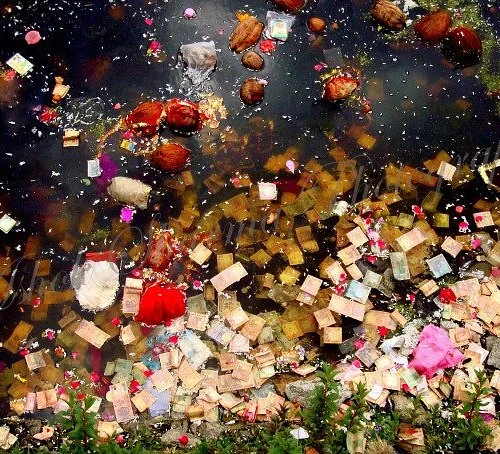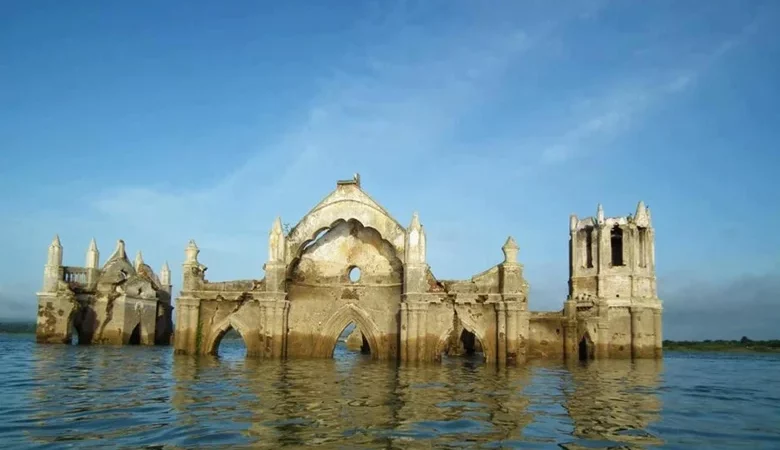The wonderful place which we are talking about is a hill surrounded by thick forests called Kamarah village, kasor valley in Mandi district, Himachal Pradesh, named KamruNag. There is an ancient temple of the Naga deity on the banks of KamruNag Lake in Kasor Valley, which is a wonderful example of the hill style. KamruNag Lake is located in the Mandi district of Himachal Pradesh, India, and is situated at an altitude of 10,938 ft above sea level among the valleys of Balh and the Dhauladhar range. This lake completely freezes during winter and at that time only experienced trekkers reach this area. The size of the temple is quite small but the number of devotees has been increasing every year. Even today, Devotees throng the temple premises in large numbers for favorable weather conditions and it is believed that, once the prayers have been offered to the Lord, the rainy season marks its presence in the valley.
KamruNag is also known as "Lord of Rain" and according to the tradition, pilgrims on the fulfillment of their wish they make offerings to the KamruNag deity and the offerings may include coins, gold and silver ornaments. In the KamruNag temple, the offerings offered by devotees are not deposited in the banks instead are immersed in the Kamrunag Lake. Kamrunag Lake holds enormous religious and spiritual significance and is based on this tradition that has been going on for centuries.
History of KamruNag
 Dev Kamarunag’s original name was Ratan Yaksha (also known as Baburbhanji which is mentioned in Mahabharata too). Ratna Yaksha was the grandson of Bhima and the son of Ghatotkacha. He was a self-learned warrior, he practiced by keeping Lord Vishnu’s idol in front of him and he considered it his master, the Guru. He got to know about the story of Mahabharat being fought in some far corner of Bharat and decided to take part in it. Brave and courageous he was, he decided to fight with the weaker party, which meant he was going to join the army of Kauravas.
Dev Kamarunag’s original name was Ratan Yaksha (also known as Baburbhanji which is mentioned in Mahabharata too). Ratna Yaksha was the grandson of Bhima and the son of Ghatotkacha. He was a self-learned warrior, he practiced by keeping Lord Vishnu’s idol in front of him and he considered it his master, the Guru. He got to know about the story of Mahabharat being fought in some far corner of Bharat and decided to take part in it. Brave and courageous he was, he decided to fight with the weaker party, which meant he was going to join the army of Kauravas.
Lord Krishna got to know about it and he decided to stop the self-learned warrior before he could reach the battlefield. Disguised as a yogi, Lord Krishna appeared before the Yaksha. He asked him about his journey and told him about the hardships being experienced by wounded soldiers. Ratan Yaksha listened to the story and it strengthened his determination. Lord Krishna gave him a troublesome test to find out the potency of his arrows and said, “I will be convinced if you can pierce every leaf of that enormous peepal tree with the arrow.” When the Yaksha was preparing his arrow, the Lord plucked some leaves and hid them in his closed fists. To his surprise, the arrow pierced even the leaves in his fists. Then Lord Krishna asked him about his guru, upon which the Yaksha replied it to be no one but the almighty himself, and there Lord Krishna spotted an opening, transformed into his actual formless eternal form, and asked the young man for Gurudakshina, the fee for services he had never offered to his student.
The yaksha couldn’t resist and he had to offer what the Lord had asked for, his head. He gave away his head and asked the Lord to keep it alive until the Great War was over. The Lord immediately agreed and blessed him with the same, his head was brought to Kamru Hill and today it’s referred to as KamruNag Temple. Legend also says that the head was kept at the Nalsar Lake in the Mandi district but because of climatic problems faced by the head, it was shifted to the top of the hill, from where he could see the greatest wars of all time, live and exclusive.
Mythical KamruNag Lake




Places To Visit Around KamruNag
The places worth visiting around the KamruNag Temple are the Shikari Devi peak, Shikari Devi Sanctuary, Jalpa Mata Temple, Jahali Mata Temple, Saroa Devi Trek, and Baggi canal.
Best Time To Visit KamruNag
The best time to visit KamruNag Temple is during any day of the year but the apt time for witnessing the divine aura is in the month of June. A three-day fair is organized and numerous pilgrims visit the site to seek the blessings of Lord Kamrunag.
Where To Stay
Accommodation
Most of the resorts, hotels, cottages, and homestays offer budget accommodation.
How To Reach
Road
At a distance of 60 km from Rohanda, one can reach Kamarah village by road route. Many state-owned buses, taxis, and private vehicles are accessible to reach Kamarah village by road.
Train
There are no direct trains available to reach KamruNag. You can cover a part of your journey by train and the nearest railway station are Summer Hill, Shimla, and Jutogh. After which one must take a bus or a taxi to reach this beautiful place.
AIR
Almost 109 km away, Bhuntar Airport situated in Kullu is the nearest airport to the Rohanda village. From Bhuntar, one needs to cover the distance by road either by hiring cabs or private vehicles to reach Rohanda. Another reachable airport is Shimla Airport, which is about 139 km.
TREKKING
To reach the temple from the kamarah village one has to take a trek of about 10 km passing through the thick forests and crossing a small stream to reach this KamruNag Temple. The view of Dhauladhar Range and Balh Valley adds to the beauty of the temple.
Thank you for visiting my blog and stay tuned for more updates related to ancient history on my website: Ancientterminus




